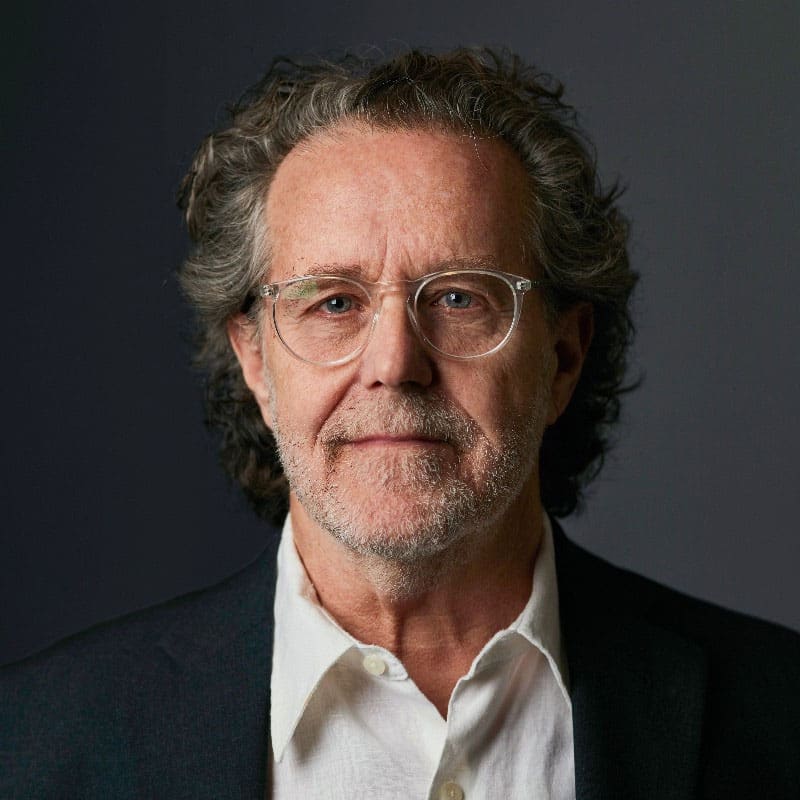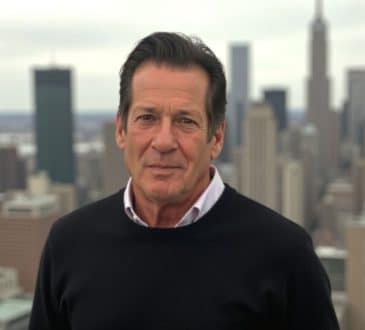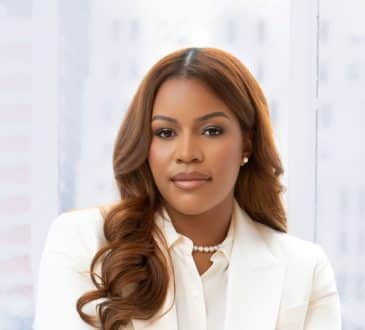Expose Your Hidden — and Often Harmful — Internal Dialogue Using Four Essential Questions

Most of the time, we don’t think about the thoughts or words beneath the surface of our emotions. We talk and listen on autopilot. Yet these hidden thoughts reflect the stories we’ve adopted and live by from our families and cultures. All our conscious and unconscious predictions and explanations are filtered through the web of stories woven throughout our lives.
Unexamined, these hidden thoughts, assumptions, and judgments are responsible for most dysfunction in our conversations. When we learn to pay attention to them, we liberate ourselves from the grip they have on us. With increased awareness, our habitual background thoughts, judgments, and automatic reactions, become less domineering, and we can practice catching ourselves in time to shift our reaction.
The crib sheet for investigating our patterns involves asking ourselves four discerning questions — What are my desires? What are my concerns? What power issues are at play? And what rules and codes of conduct are shaping my opinions and judgments? These four questions get to the underbelly of our thinking with less judgment and trouble-making assumptions. They clear the way so that unspoken fears and limiting worries can surface and give us valuable insights.
What’s more, these four overarching questions guide us to reflect on our thinking and emotions, ask questions of others to better understand them, take the mystery out of fractious interactions, and more skillfully engage with others.
Here’s how a corporate director used the four questions to examine a stalemate with her boss:
Melany’s spiraling frustration with her boss, Erik, has led her to brink of resigning her position as director of communications. Applying the four questions, she dissects her thoughts and emotions to get a better understanding of the situation. Beginning with the facts and acknowledging her emotions, she then proceeds to the four questions.
Facts - I know Erik has fired others for speaking up and disagreeing with him. He’s also well regarded by the CEO, and they’re golfing buddies. I know that people have gone to HR about this guy, and HR has said there’s nothing they can do because it’s politically complicated.
Emotions – I am frustrated. I feel so stuck and resigned, I want to scream!
Desires - I want a leader that acknowledges and appreciates my team’s good work, fair compensation, and opportunities for growth.
Concerns - I don’t believe I can speak to anyone about how we’re being treated, and there doesn’t seem to be anyone who can help. I could be stuck in this situation forever.
Authority - While I accept the company hierarchy, I feel Erik abuses his power and belittles his employees. I am just now beginning to recognize I have no control over my future with the company.
Standards - I believe if employees feel appreciated and safe, they could speak their minds. We get smart as a team when we bring our best and diverse ideas to meetings. I believe that leaders with big egos shouldn’t play politics and stomp out their employees’ input.
Once Melany wrote down the thoughts and feelings that surfaced, she realized her stuck mindset. Instead of obsessing over what should be, she let other ideas rise to the surface. She wondered “What else is possible?” Through this process she decided to actively explore external opportunities.
Here’s how the four questions enable us to process our own thoughts and feelings:
- What are my desires?
In conversations, our desires lurk in the background of our minds. We’re often unaware of the ways our desires shape our opinions and judgments. They can inspire us and can also be a major blind spot, locking us into a battle with what is. When we ask ourselves questions — including: What do I desire in this situation? What goals do I have? Am I attached to a particular outcome that isn’t possible? — these questions expose gaps between our private thoughts and reality. When desires are misaligned with reality, we suffer. - What are my concerns?
In working with others and facing tough issues, we all have concerns about what might happen tomorrow. To bring to the fore our worries about the future, we can ask ourselves: What are my concerns? What worries keep me on edge? Our unconscious concerns are emotionally triggering and stressful. I have found that when I can be a tad vulnerable and share my concerns, the energy of a conversation shifts. Our openness creates space for others to safely voice theirs. - What power issues are at play?
In conversations, issues of authority and control always play out at work and home, consciously and unconsciously. Human-made hierarchies grant varying types of authority to government officials, judges, teachers, priests, and so on. Socially, we unknowingly give power to some voices while diminishing others. Ceding control to leaders to make decisions help society function. As colleagues or leaders, we can all be conscious about how we use our power. Awareness of power issues is both freeing and empowering. - What rules and codes of conduct shape my opinions and judgments?
Our standards play an outsized and unappreciated role in conversations. All our opinions, judgments, and preferences are driven by the standards, morals, and scruples we often unconsciously adopted but live by. Our standards are the root of critiques we hoist on others. When our standards go unexplored, we can be harsh on others and become indignant and self-righteous. Exploring our standards helps us become less judgmental and more humble.
Unspoken desires, undisclosed concerns, concealed authority issues, and unclear standards are all a part of miscommunications and misunderstandings. The four questions allow insight into our defended opinions and enable us to release the hold they have on us so we can be more present, humble, and wise in our interactions.
Written by Chuck Wisner.
Have you read?
The World’s Best Medical Schools.
The World’s Best Universities.
The World’s Best International High Schools.
The World’s Best Business Schools.
The World’s Best Fashion Schools.
The World’s Best Hospitality And Hotel Management Schools.
Bring the best of the CEOWORLD magazine's global journalism to audiences in the United States and around the world. - Add CEOWORLD magazine to your Google News feed.
Follow CEOWORLD magazine headlines on: Google News, LinkedIn, Twitter, and Facebook.
Copyright 2025 The CEOWORLD magazine. All rights reserved. This material (and any extract from it) must not be copied, redistributed or placed on any website, without CEOWORLD magazine' prior written consent. For media queries, please contact: info@ceoworld.biz








